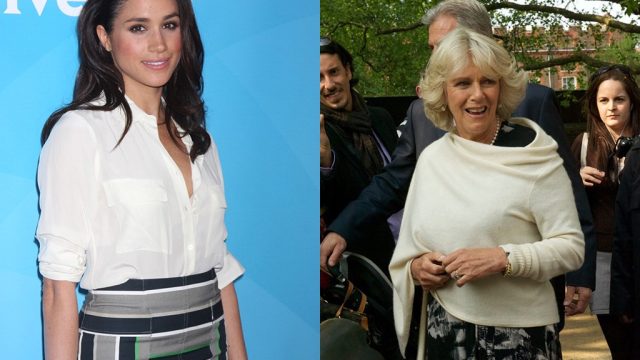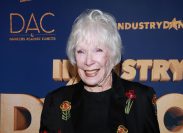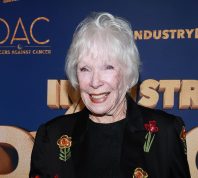Here's Why Meghan Markle Is So Grateful to Camilla
The Duchess of Cornwall paved the way for a divorcee to become a royal bride

Without Camilla Parker Bowles, it's unlikely Meghan Markle would be about to join the royal family.
Camilla, now known as the Duchess of Cornwall, paved the way for a divorcée to be welcomed into the ranks of the royal family whose head, Queen Elizabeth II, had long been opposed to it.
Camilla and her first husband, Andrew Parker Bowles, divorced in 1995, although Camilla's affair with Prince Charles was common knowledge throughout most of his marriage to Princess Diana.
In 2005, after years of being staunchly against Prince Charles' relationship with Camilla, Queen Elizabeth II finally gave her permission for her son to marry divorcée—with a ring that had belonged to his grandmother. She and Prince Philip were not present at the civil ceremony, but were witnesses at the marriage's blessing (where the couple confessed to their "manifold sins and wickedness") at St. George's Chapel and even held a reception for the newlyweds at Windsor Castle, the same place Meghan and Prince Harry will marry on May 19th.
The Queen's objection was not so much based on personal belief as it was historical precedent (though it has been reported that she once called Camilla "that wicked woman"). King George III's Royal Marriages Act of 1772 requires royals to obtain permission from the Sovereign to wed with plenty of restrictions: no Catholics, no commoners, and certainly no one who had been divorced.
When Meghan, who divorced her first husband producer Trevor Engelson in 2013, walks down the aisle of St. George's Chapel in her white wedding dress next month to marry Prince Harry, she will be the first divorcee royal bride to have a church wedding in the sacred space.
"This is an historic event," said one palace insider. "Clearly Camilla made it acceptable for Harry to marry a divorced woman since his father did and their union will be blessed by the Church of England."
Thanks largely to the highly popular Netflix series "The Crown," royal watchers the world over have become quite familiar with just how much has changed regarding the royals and divorce—most notably with one heartbreaking case of a royal putting love of country before their own love life.
In 1955, having endured a two-year separation imposed by the government and sanctioned by the Queen, Princess Margaret told her sister she wanted to finally be allowed to marry Group Captain Peter Townsend, a divorced war hero 16 years her senior and former equerry to George VI. Since she was under 25, she needed the Queen's consent. The ensuing crisis within the Palace spilt the government and the British public with the Queen caught in the middle.
At the time, it was unthinkable that a member of the royal family would marry a divorced person. Although the majority of people in Britain felt sympathetic towards Margaret and wanted her to marry the man she passionately loved, the Queen, mindful of her role as the head of the Church of England, was able to convince her sister to not wed the man she loved. The relationship was called off in a dramatic fashion that culminated in Margaret's official statement, which read: "Mindful of the Church's teaching that Christian marriage is indissoluble, and conscious of my duty to the Commonwealth, I have resolved to put these considerations before any others."
In 1960, Margaret married Antony Armstrong-Jones, who became Lord Snowden. The couple divorced eighteen years later.
What a difference a few decades make.
Last year saw the Queen welcoming Meghan, an American biracial divorcée, into the family in unprecedented way. The former actress was the first non-spouse invited to spend Christmas at Sandringham with the royals (reportedly at Harry's request). Meghan has also attended official events with the family as she recently did with Commonwealth Day.
"There is no question the Queen's thinking has evolved on the matter of divorce," one palace insider told me. "When she gave her permission for Charles to marry Camilla, she was effectively ending centuries of royal tradition. Because of that, there is no reason to deny Harry the chance to marry Meghan, the woman he loves."
Perhaps that is why Camilla and Meghan are reported to have grown close since Meghan's engagement to Harry. "They have much in common," said my source. "They both were married before and have been brought into the family by royal men who are deeply in love with them. They know they are the future, because the old rules of the past no longer apply." And for more on the upcoming ceremony in May, see why This Is Harry's Greatest Fear about His Wedding.
Diane Clehane is a New York-based journalist and author of Imagining Diana and Diana: The Secrets of Her Style.
To discover more amazing secrets about living your best life, click here to sign up for our FREE daily newsletter!





















